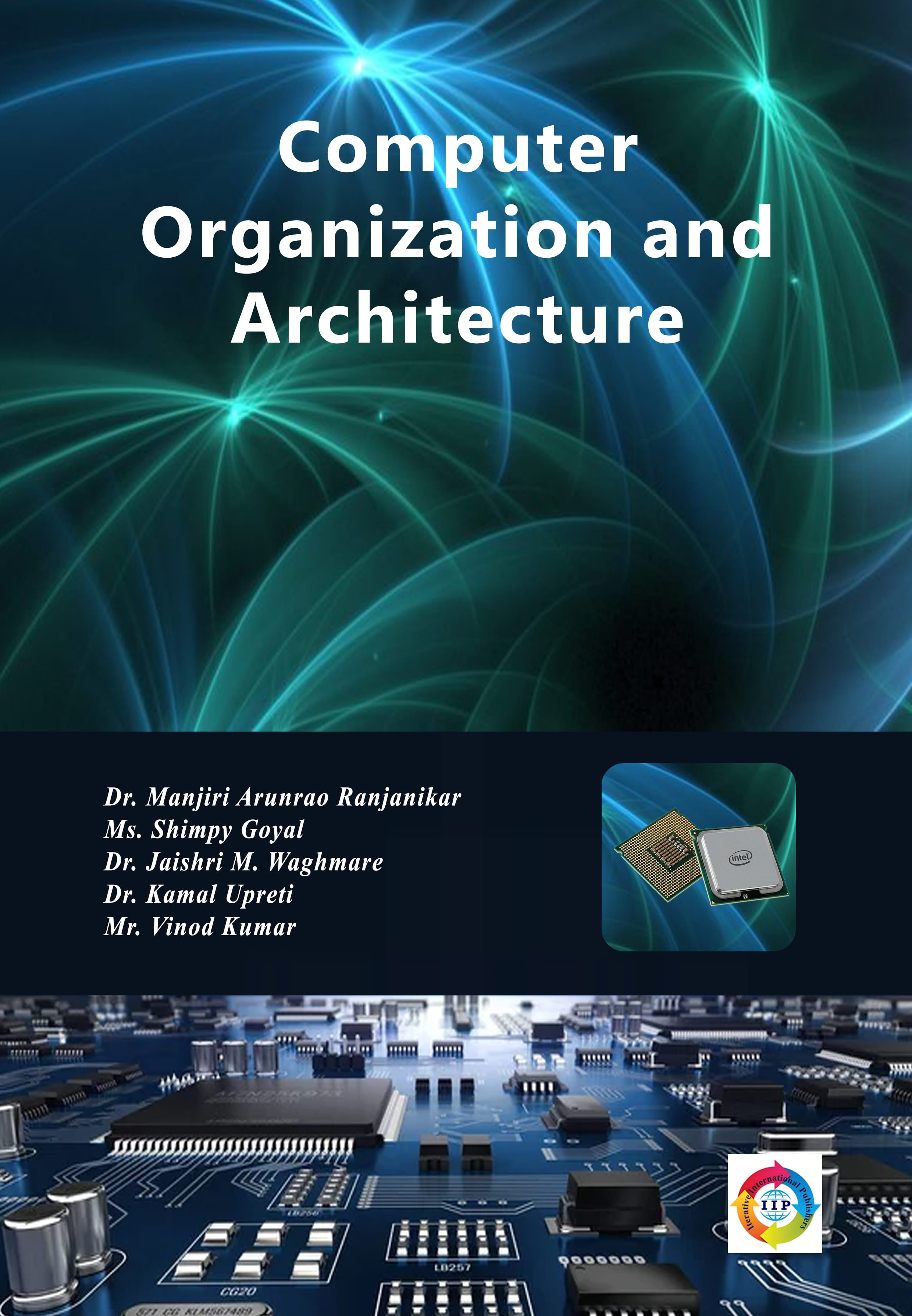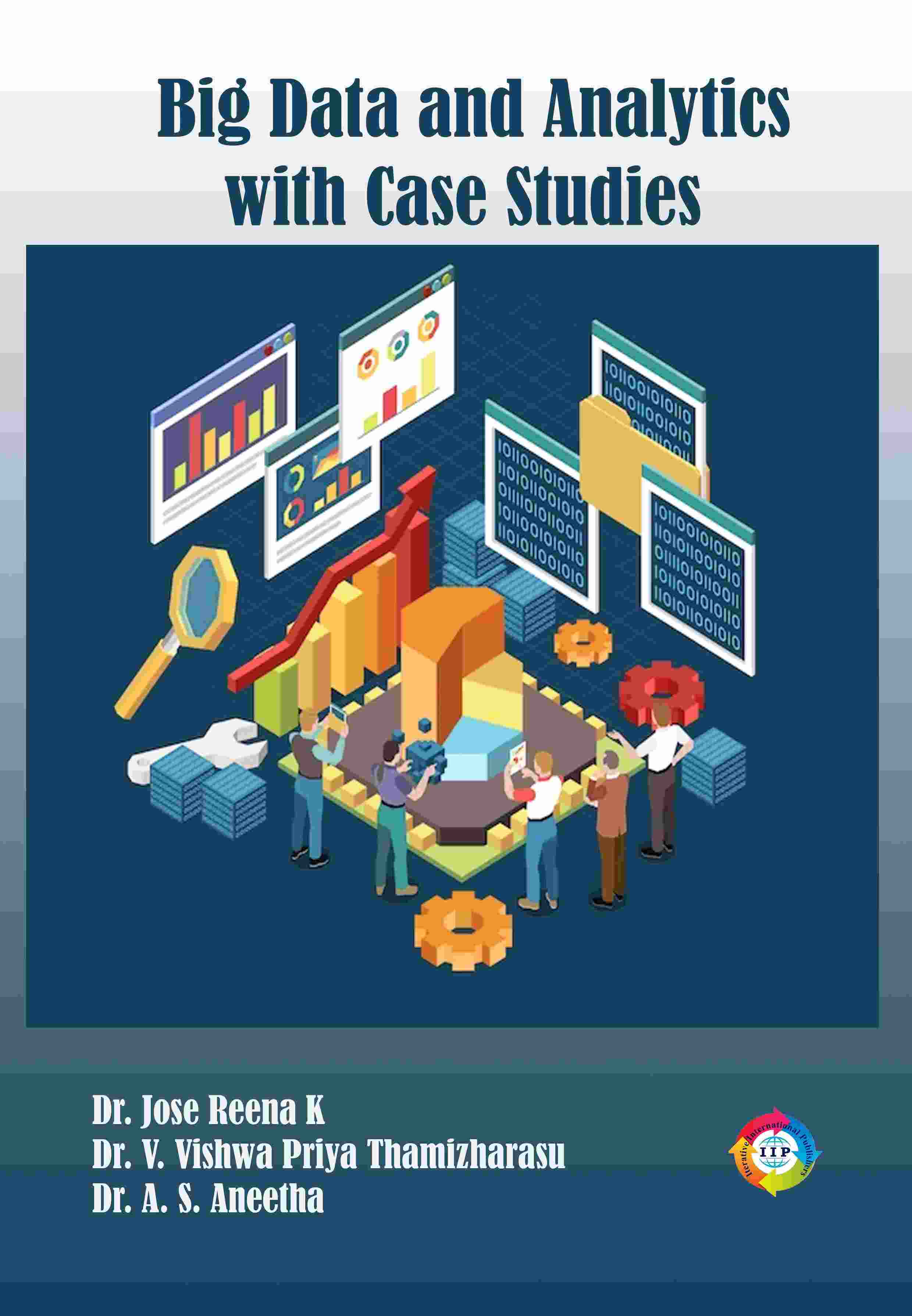
COMPUTER ORGANISATION AND ARCHITECTURE
-
TypePrint
- CategoryAcademic
- Sub CategoryText Book
- StreamComputer Science, Information Technology
This book is intended for students in Computer Science Engineering, Information Technology, Electrical and Mechanical engineering. It emphasizes on the integration of hardware, software, algorithms and programming languages etc. to enhance the performance of the system. The material covered in the book is suitable for one semester course on “Computer Organization & Assembly Language” and another semester course on “Computer Architecture”. It focuses on a basic syllabus on digital logic design and an introductory course on high- level computer language.
Computer architecture deals with the design of computers, data storage devices, and networking components that store and run programs, transmit data, and drive interactions between computers, across networks, and with users. It uses parallelism and various strategies for memory organization to design computing systems with very high performance. It requires strong communication between computer scientists and computer engineers, since they both focus fundamentally on hardware design. The main take away from this book is in building the undertaking yourself.
In this book, we have constructively raised the fundamentals of Computer Organization & Assembly Language with all the necessary concepts with respect to building real time applications.
Chapter 1: Number System: Data Types, Complements, Fixed-Point Representation, Binary and other codes, Error Detection Codes.
Chapter 2: Logic Gates and Boolean Algebra: Map Simplification
Chapter 3: Sequential and Combinational Circuits: Adder- Subtractor, Multiplexer, Demultiplexer, Decoder, Encoders, Flip-Flop Registers, Counters.
Chapter 4: Basic Computer Organization: Instruction codes, Computer Registers, Computer Instructions, Timing & Control, Instruction Cycles, Memory Reference Instruction, Input -Output & Interrupts, Complete Computer Description & Design of Basic Computer.
Chapter 5: Register Transfer and Microoperations: Register Transfer Language, Register Transfer, Bus & Memory Transfer, Arithmetic Micro-operations, Logic Micro-operations, Shift Micro-operations.
Chapter 6: Processor and Control Unit: Hardwired vs Micro programmed, Control Unit, General Register Organization, Stack Organization, Instruction Format, Data Transfer & Manipulation, Program Control, RISC, CISC.
Chapter 7: Data Transfer schemes and Memory Hierarchy: Program Control, Interrupt, DMA Transfer, I/O Processor. Processor Vs Memory Speed, High-Speed Memories, Main memory, Auxiliary memory, Cache Memory, Associative Memory, Interleaving, Virtual Memory, Memory Management.
Chapter 8: Parallelism and Multithreading: Types of Parallelism, Introduction to Instruction Level Parallelism, Parallelism processing challenges, Applications, SISD, SIMD, MISD, MIMD.
Chapter 9: Indian Contribution to Computer System Architecture: Contributions of reputed scientists of Indian origin – Dr. Vinod Dham, Father of Intel Pentium Processor, Dr. Ajay Bhat, Co-Inventor of USB Technology, Dr. Vinod Khosla, Co-founder of Sun Microsystems, Dr. Vijay P Bhatkar, architect of India’s national initiative in supercomputing.
Chapter 10: Lab Experiments: To study basic gates (AND, OR, NOT), binary to grey code, half adder, full adder, universal gates (NAND, NOR), Flip Flop- RS, JK and DeMorgan’s Theorem.
**Note: IIP Store is the best place to buy books published by Iterative International Publishers. Price at IIP Store is always less than Amazon, Amazon Kindle, and Flipkart.





COMMENTS
No Review found for book with Book title. COMPUTER ORGANISATION AND ARCHITECTURE